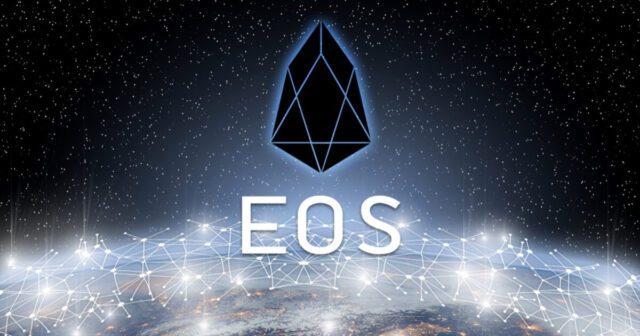EOS Tokenomics Revamp: The EOS blockchain is poised for a significant transformation with a proposed overhaul of its tokenomics model. This upgrade, outlined in the EOS System Contracts v3.4.0 release, aims to stabilize and predictably grow the EOS economy.
Let’s delve into the specifics and explore how these changes will impact the future of EOS.
Key Pillars of the Revamp
The new tokenomics model introduces several foundational changes:
- Fixed Token Supply: A total supply cap of 2.1 billion EOS tokens will be implemented, fostering scarcity and potentially driving price appreciation.
- Token Vesting Schedules: Network custodians like Block Producers (BPs), Staking Reward recipients, the EOS Network Foundation (ENF), and EOS Labs will have their tokens subject to vesting schedules. This promotes responsible token distribution and discourages large-scale dumps.
- Immediate Token Liquidity: A significant allocation of tokens will be used to create immediate liquidity:
- 315 million EOS will be distributed across centralized exchanges (CEXs) and Decentralized Finance (DeFi) platforms for market-making, ensuring smooth trading and easier token acquisition.
- 35 million EOS will be used to purchase RAM from the system Bancor pool. This injects liquidity into the RAM market and supports ecosystem initiatives.
- 15 million EOS will be dedicated to funding public goods, particularly middleware development that enhances EOS Network usability.
Strategic RAM Management
The revamped tokenomics places a strong emphasis on strategic RAM management. The proposed allocation of 35 million EOS for RAM purchase serves multiple purposes:
- Supporting Initiatives: By injecting EOS into the RAM market, the network facilitates ecosystem growth and fuels development projects.
- WRAM (Wrapped RAM) Liquidity: Purchasing RAM also helps establish WRAM liquidity on various exchanges. WRAM functions as a tradable token representing locked RAM, offering users an alternative way to participate in the RAM market. This enhances market depth and accessibility.
Related Post: A Guide to Binance’s Earn Wednesday Program
Important Note: The successful implementation of these changes hinges on the approval of the multi-signature (MSIG) proposal by at least 15 of the 21 EOS Block Producers.
Transition to REX 2.0 (Part II Preview)
The future holds even more exciting developments with the proposed transition to REX 2.0. This upgrade, contingent on the successful implementation of the initial tokenomics changes, promises high-yield staking rewards for EOS token holders. Here’s a glimpse into what REX 2.0 might entail:
- Diverting System Fees: EOS Block Producers (BPs) will receive a portion of system fees, incentivizing network participation and security.
- Enhanced Staking Rewards: Staking rewards will be distributed through REX, offering users a way to earn passive income on their EOS holdings.
- Extended Lockup Period: The REX staking lockup period is expected to be extended from 4 days to 21 days. This could potentially lead to greater stability and discourage short-term speculation.
Stay tuned for Part II: Transforming REX Dynamics
The next installment of this series will delve deeper into the functionalities of REX 2.0, exploring how it optimizes and enhances the overall EOS ecosystem.
Testing and Community Involvement
The proposed changes have undergone rigorous testing on Kylin and Jungle4 testnets to ensure smooth integration. Block producers and community members are encouraged to interact with these new features and provide valuable feedback.
Acknowledging the EOS Community
The EOS development process remains firmly rooted in a community-driven approach. A special thank you goes out to all the contributors who played a crucial role in shaping this significant release.
Stay Informed and Explore Further
For a comprehensive breakdown of the upcoming tokenomics changes, visit the official EOS blog.





